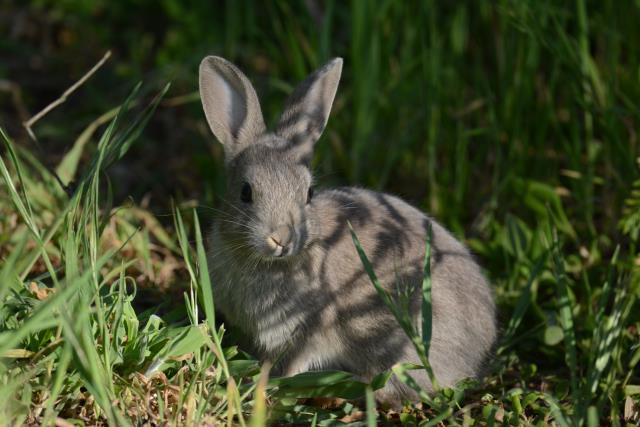DNA analysis of wild rabbits has traced back to a site near Winchelsea that was responsible for the plague that now exists in Australia.
Scientists used genetics and historical records to reveal how the species pulled off one of the most infamous biological invasions of all time.
DNA analysis of wild rabbits has uncovered that just a single species introduction is responsible for Australia’s rabbit plague.
Rabbits were first introduced to mainland Australia when five domestic animals were brought to Sydney on the First Fleet.
At least 90 subsequent importations would be made, but none of these populations became invasive before 1859.
Within the next 50 years, rabbits would spread to all corners of the country at a rate of 100km per year, the fastest colonisation rate for an introduced mammal ever recorded.
Historians assumed the rabbit plague began at the Barwon Park estate of Thomas Austin, near Winchelsea.
Within three years of importing wild rabbits from his family’s land in Somerset in the UK, Austin rabbits had multiplied to thousands. By the beginning of the 20th century, the ‘grey blanket’, as it was described, had well and truly spread to all corners of the country.
More than 150 years have passed since Austin introduced those wild rabbits. Now findings published in the Proceedings of the National Academy of Sciences (PNAS) rectify this version of events with genetic data and show invasive rabbits descended from Austin’s imports to wreak havoc across the continent.
The study, led by the University of Cambridge and CIBIO Institute in Portugal, with collaborators from UNSW Sydney, answers longstanding questions over how rabbits executed a hostile takeover of Australia’s landscape.
“Environmental change may have made Australia vulnerable to invasion, but it was the genetic makeup of a small batch of wild rabbits that ignited one of the most iconic biological invasions of all time,” lead author Dr Joel Alves, a researcher at the University of Oxford and CIBIO Institute, said.







